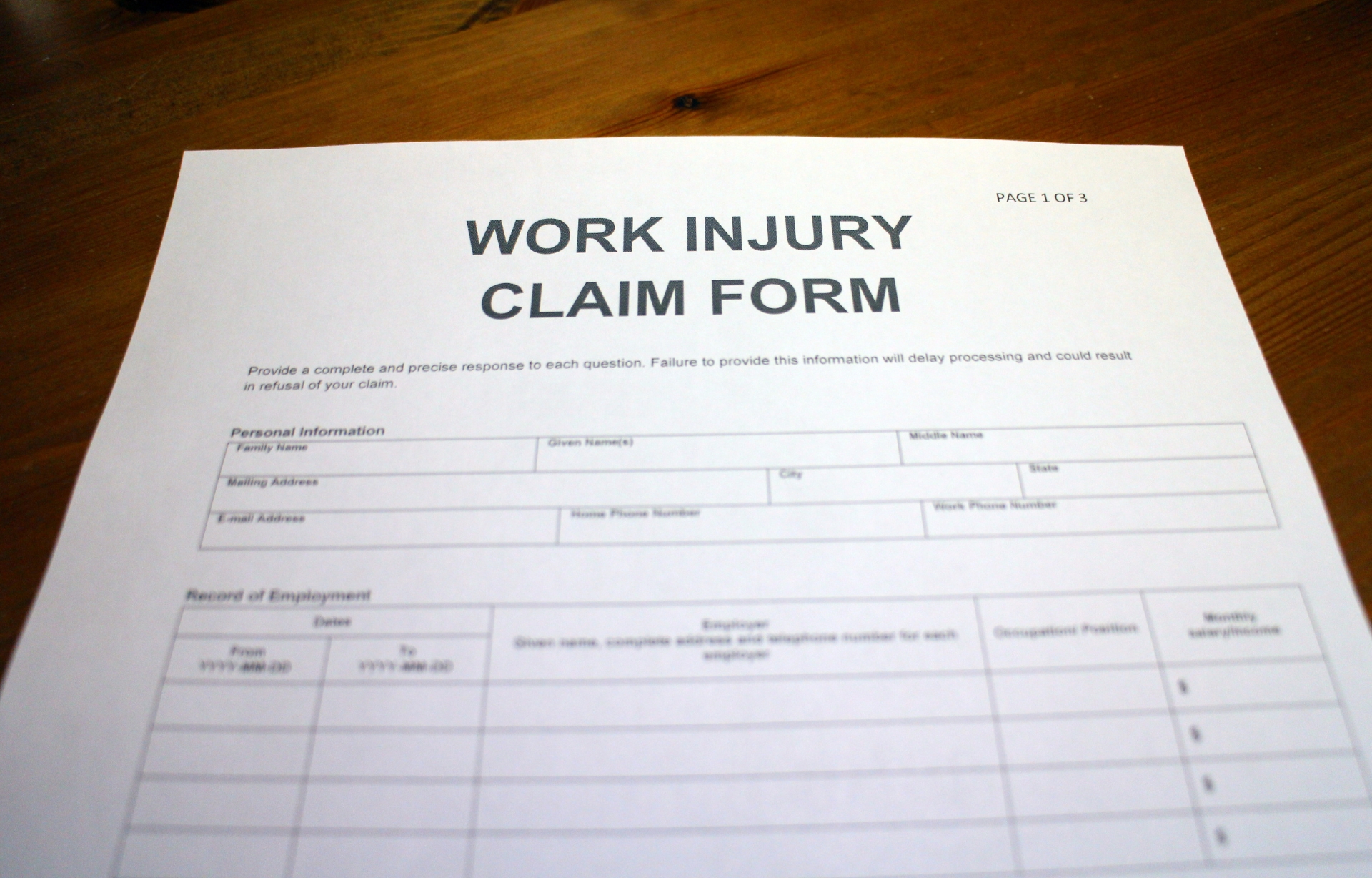The True Cost of Work-Related Injury, Illness and Disease in Australia
Work-related injuries, illnesses and deaths impose real and significant costs on employers, workers and the community.
These include both direct costs and indirect costs. Direct costs include items such as workers’ compensation premiums paid by employers or payments to injured or incapacitated workers.
The level of associated direct and indirect costs borne by each varies with the severity of the injury or disease.
While measures of direct costs are understood and reasonably simple to measure, these costs cover only a fraction of the total cost of work-related injury and disease.
It is estimated that for every dollar spent in direct costs associated with workplace injury and disease there are another 5 to 7 dollars in indirect costs. This is often referred to as the Iceberg Effect.
The costs that you can see as an employer are those above the waterline.
What we can’t see or the indirect or intangible costs that sit below the waterline. Even if we can’t see them they are real and can have a significant impact on the bottom line of your business and your employees. Indirect costs can be in the form of:
- lost productivity
- plant and property damage
- lost income
- overtime payments
- medical expenses
- rehabilitation expenses
- investigation costs
- reputational damage
- fines and penalties for employers
- social welfare payments
- cost of recruitment
Safe Work Australia estimates the total economic cost for 2012-13 was $61.8 billion. This equates to an equivalent of 4.1 per cent of GDP. It is employers that carry five per cent of this, workers carry 74 per cent and the community carries 21 per cent of the cost.
Consider the case of a worker suffering a full incapacity disease at age 46, earning the average weekly wage of $1,313 per week. In the short term, production disturbance costs for the individual are equal to the value of the worker’s wages (plus on-costs and overtime) over the time lost before replacement (8.5 weeks), or $19,650.
In the long term, the human capital costs are equal to the present value of the individual’s expected income over the period between leaving work and retirement. Assuming the worker would have retired at age 64, and using a discount rate of 1.64 per cent, the cost of lost human capital to the economy would be $1,240,450. This cost is partially borne by the worker (lost income) and society (lost potential output and deadweight losses).
For further information refer to the Work Safe Australia publication:
‘The cost of work-related injury and illness for Australian employers, workers, and the community, 2012–13’.
Best Regards
Workplace Partners Team
How can we help you?
Our methodology is to adopt a hands on approach to partner with you to develop and implement practical and efficient solutions to any business hurdle you may be facing. We provide you with the skills and knowledge to help improve your business. With your knowledge of your business and our knowledge of what it takes to succeed we make the perfect team.
Get in touch today to find out more.
For further information or assistance call us on 1300 116 400 or email [email protected].

